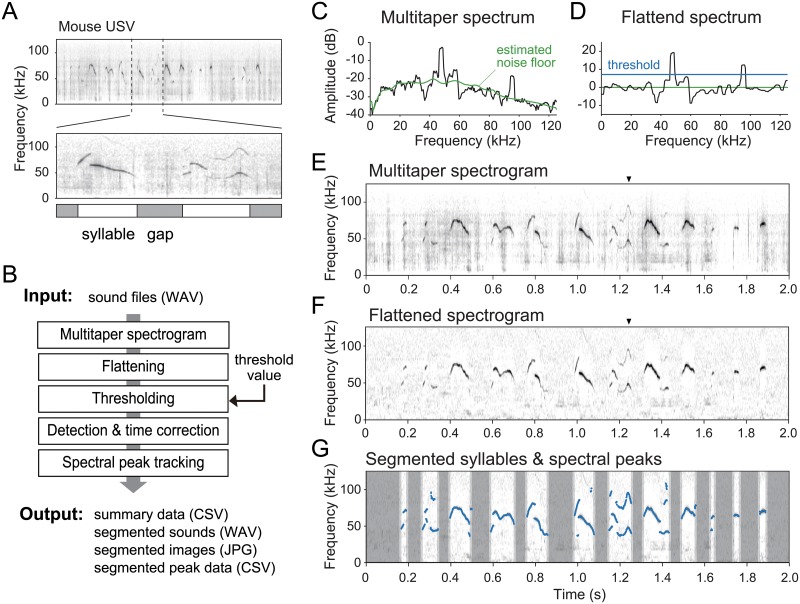Fig 1. Spectrogram of a rodent ultrasonic vocalization (USV) and proposed method for detection of vocal elements in continuously recorded data.
(A) Example spectrogram of a mouse vocalization. The brief segment of vocalization (a few ten to a few hundred milliseconds) is defined as a ‘syllable’, and the time interval between two syllables is called a ‘gap’. (B) Schematic diagram of the proposed signal processing procedure. (C, D) Example of a multitaper spectrum and a flattened spectrum, respectively. The flattening process subtracts an estimated noise floor (green line), and the segmentation process detects spectral components above the defined threshold (blue line) as syllables. Example multitaper (E) and flattened (F) spectrograms obtained from a recording of a male mouse performing courtship vocalizations to a female mouse. (G) Processed result of USV data (same as E,F) showing detected syllable periods and spectral peak traces of the syllables (blue highlighted dots). Dark gray zones show non-syllable periods and light gray zones indicate a margin inserted before and after a syllable period.

